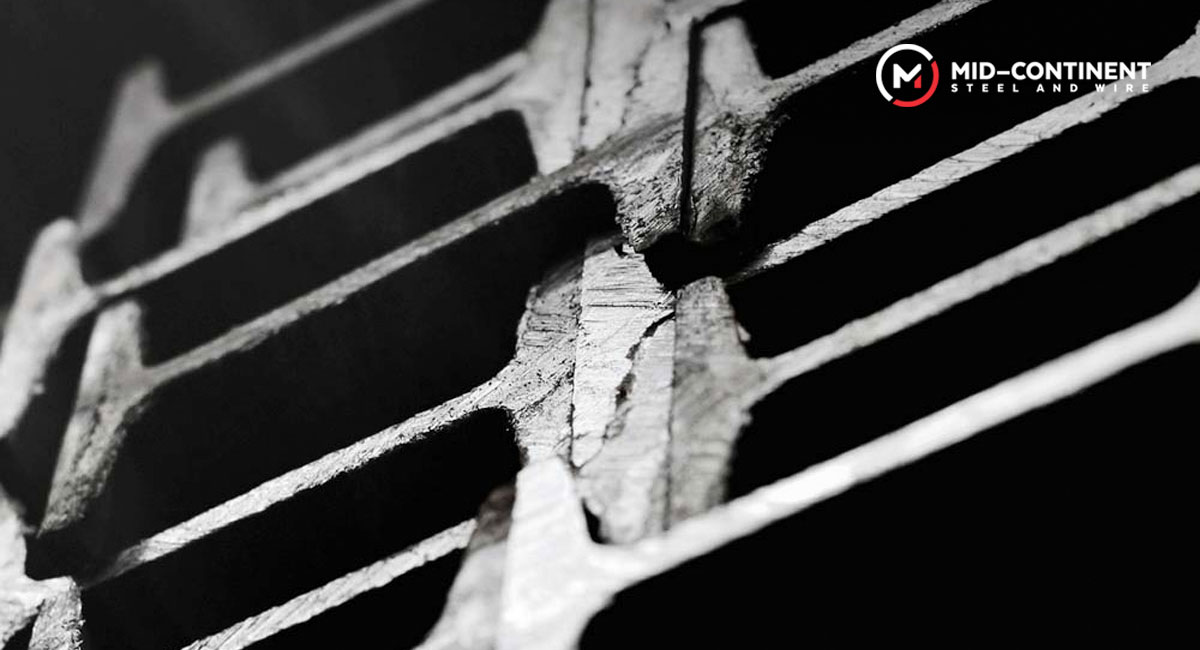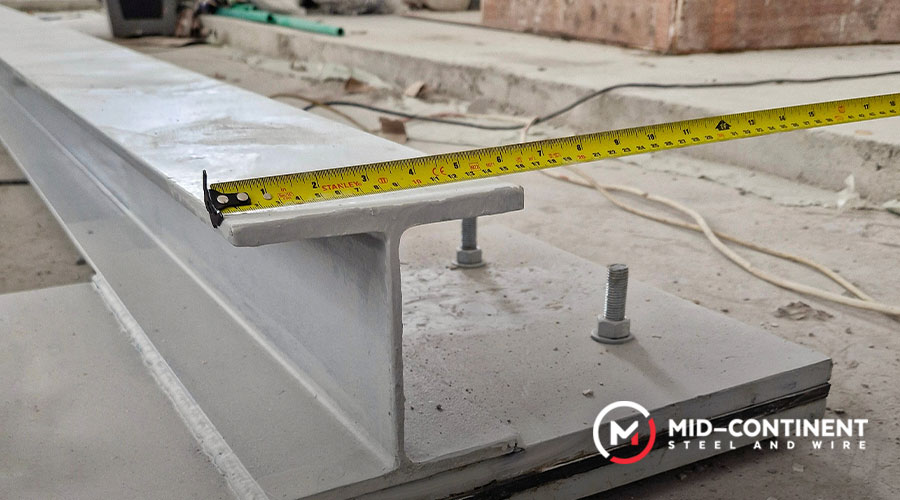
Reading structural steel beam sizes involves understanding the designations used to describe the shape and size of the beam. They are categorized by their shape and dimensions. Structural engineers and architects use beam tables provided by manufacturers or engineering standards to find exact dimensions, weights, and properties of specific beams for their projects.
Reading these can be an overwhelming task, but don’t worry, in this blog entry we provide some information that can work as a guide.

Understanding steel beam sizes
To understand how to read steel beam sizes there are many factors to consider, whether you’re using H-beams, I-beams, or W-beams. Here are some of the most common:
- Designation: Steel beams are designated by their depth (height) and weight per unit length. For example, an “W10x30” beam has a depth of 10 inches and weighs 30 pounds per foot.
- Weight per unit length: Beams are also identified by their weight per unit length, given in pounds per foot (lb/ft) or kilograms per meter (kg/m). This factor is essential in determining load capacities and support requirements.
- Beam type: Different beam types have different dimensions and shapes, affecting their load-bearing capacities and applications.

What does beam dimension imply?
Steel beams come in various dimensions depending on their type and size. Here are some dimensions to describe steel beams:
- Depth (D): This is the vertical distance from the top to the bottom of the beam’s cross-section. It is also known as the nominal depth and shows the beam’s load-carrying capacity.
- Flange width (B): This is the width of the flanges. It is usually narrower than the depth. For instance, in a “W10x30” beam, the flange width might be around 6 inches.
- Flange thickness (tf): This is the thickness of the flanges.
- Web thickness (tw): This is the thickness of the vertical section that connects the two flanges.
- Web Thickness (tw): The thickness of the vertical section (web) that connects the two flanges. It plays a role in resisting shear forces and stabilizing the flanges.
- Overall Width: For some beam types, the overall width may be specified, including the flange widths.

Mid-Continent Steel and Wire Beams
Our beams are adaptable to different uses based on its shape, thickness, and mechanical properties, from structural reinforcement in commercial building projects to different types of manufacturing needs.
To get a quotation and excellent customer support, click here.

